Track Tales: The Apex's Greatest F1 Moments
Formula 1 is often described as the pinnacle of motor racing, and through the decades fans have been treated to some truly extraordinary clashes, comeback stories, comic moments and controversies. From the beginnings of the sport in the 1950s to the present day, each generation has had its heroes and villains, underdogs and overachievers. As the late, great Murray Walker once said, anything can happen in Grand Prix racing - and it usually does...

In celebration of a new F1 season which could not have come soon enough, this week at the Apex we have chosen our own greatest Formula 1 moments. There are too many to choose from, of course, but this selection captures the drama of the sport over the years and memories of race weekends spent entertained, impressed or outraged by the antics of some of the most competitive people on planet earth. So without further ado - lights out, and away we go!
Written by Hector Kociak for The Apex by Custodian. Edited & produced by Charles Clegg and Guillaume Campos.
Schumacher vs Hill, Adelaide 1994
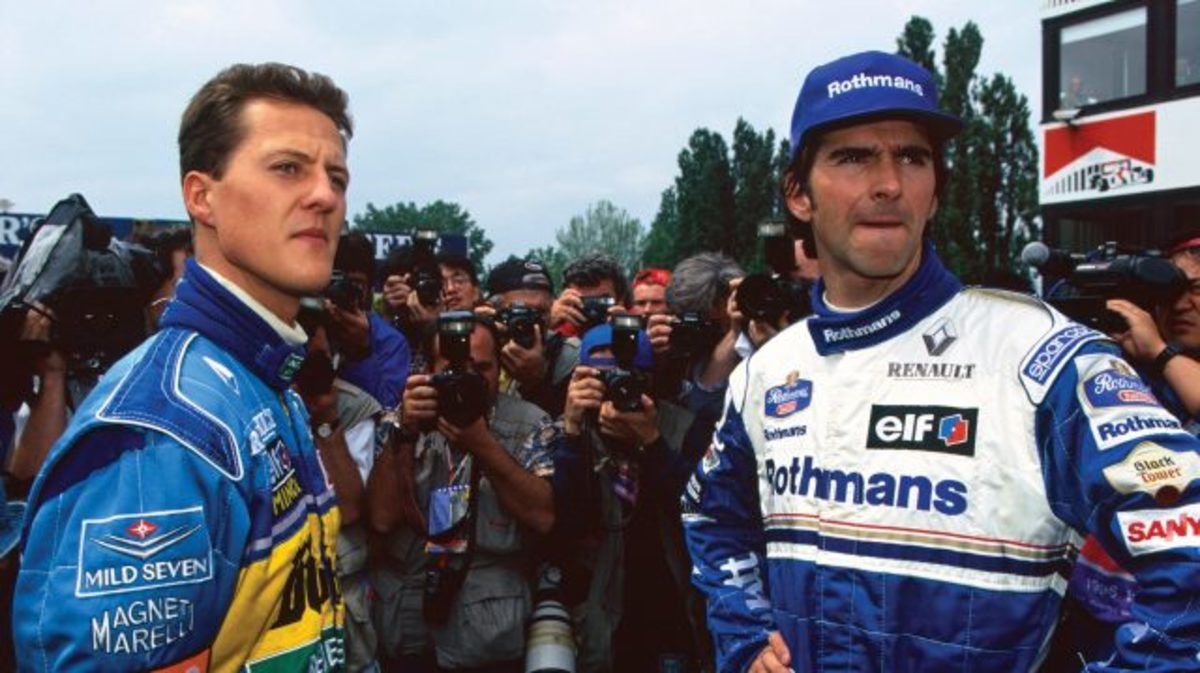
Heading into the last round of the 1994 season, only one point separated Damon Hill from Michael Schumacher. It was the first time in eight years that the Formula 1 season title decider had come in the final race. Michael Schumacher had emerged as the strongest contender for the title after the tragic death of Ayrton Senna at Imola, pulling ahead of the field despite having been disqualified or suspended from four of sixteen races. Damon Hill, Senna’s teammate at Williams, was the next strongest driver, a relatively inexperienced winner of six races carrying the hopes of devastated Williams fans.
On lap 36, Schumacher lost control while in the lead, knocking his Benetton against the wall. Hill came up from behind in second place, thinking this was his only chance to get past the slowing German and not realising that Schumacher’s car was damaged. What happened next has gone down in history - Schumacher turned in, and the Williams and Benetton cars collided. Schumacher was out of the race, and Hill would retire soon afterwards with terminally damaged suspension. Racing incident or deliberate sabotage? Years later the question is still controversial - but the Editor remembers bursting into tears as a six-year-old at the damned injustice of it all…
The Last Five Laps of the 2008 Brazilian Grand Prix
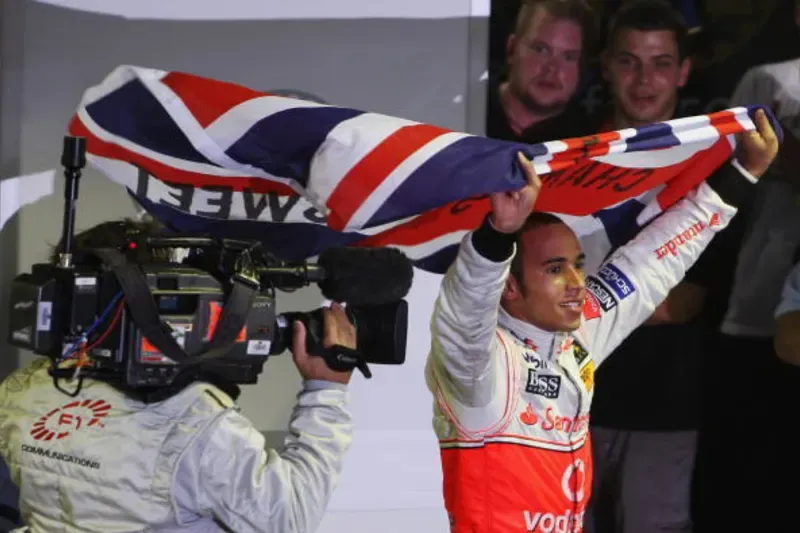
There are some moments in F1 which could not have been written by scriptwriters - not even Netflix. In the closing race of the 2008 season, Felipe Massa eased himself into a comfortable win. The world championship was surely his, as long as Lewis Hamilton, on a set of less than ideal tyres, did not come higher than 5th place. As the laps tick away to the chequered flag, it looks like Lewis isn’t going to make it. But you must never underestimate Lewis Hamilton.
In a denouement worthy of the greatest operas, Hamilton snatches fifth place quite literally with a few corners to go, and as Massa climbs devastated to the podium, the youngest ever world champion and the first British driver to claim the title since Damon Hill in 1996 strides through the smoke of a burning Honda in the pit lane to celebrate. To this day, the footage and the commentary is spine-tingling.
Gilles Villeneuve and Rene Arnoux Duel At Dijon 1979
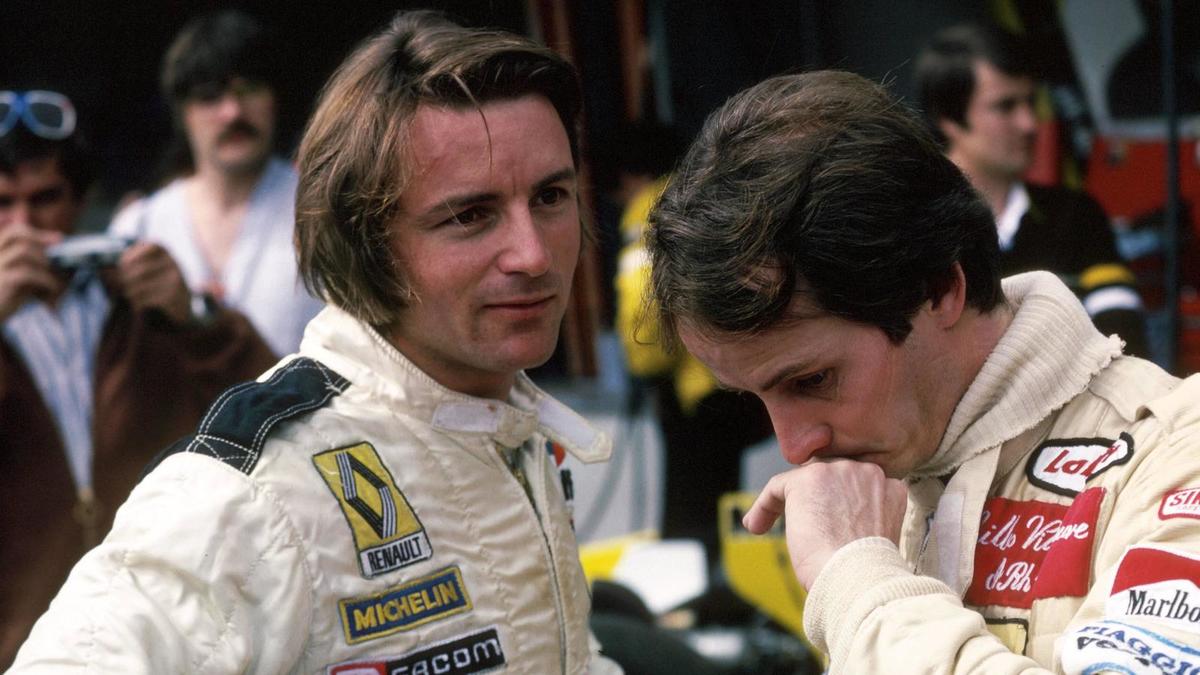
Motor racing can be a dangerous game, where the professionals push each other and their machines to the limits. However there is a rhythm and respect in a good battle, a mutual caution mixed with the competitive spirit. Arguably the greatest example of this in F1 was the epic battle between Gilles Villeneuve and René Arnoux in the final laps of the 1979 French Grand Prix at Dijon. Villeneuve was in second place, nursing worn tyres and overheating brakes. Behind him Arnoux was on the charge.
What followed in the final laps of the race was the definition of wheel-to-wheel racing, with neither driver quite ready to give up his position, ducking and diving into the turns together and crossing the finishing line side by side. Jean-Pierre Jabouille won the race, but the crowd’s ovation was for the second and third places on the podium. It was only at the next race where the elder statesmen of Formula 1 - Lauda, Fittipaldi, Scheckter - grilled them for dicing with a deadly accident. Today the footage is a spectacular reminder of Formula 1 at its very best.
Jackie Stewart at the 1968 German Grand Prix

The Nürburgring is terrifying at the best of times. Back in 1968, the circuit was an even more inhospitable and dangerous place, not least on the morning of the 4th of August, when in the fog and lashing rain, the F1 grid assembled, unable to simply refuse to race despite their apprehensions. The atmosphere was tense following the sad deaths in previous months of Jim Clark, Mike Spence and Jo Schlesser. It seemed that racing drivers of the day were uniquely cursed. Saturday’s qualifying took place in the mist, with visibility down to a mere 10 yards, and Sunday’s race began in equally terrible weather which seemed to worsen with every lap. Despite catastrophe hiding a mere slip of the throttle away, Jackie Stewart emerged from the pouring rain as race leader, his Dunlop 226-compound wets giving his Tyrrell Matra-Ford an advantage around the treacherous banks of the Green Hell.
Fighting through lap after lap with a sticky throttle, weak oil pressure, and the lingering pain from a scaphoid fracture, Stewart somehow managed to pull far ahead of the field. By the end of the race, with damaged cars looming out of the mist and drivers taking frequent off-track excursions, he had created an incredible four minute lead. It was one of the greatest ever drives at one of Formula 1’s greatest circuits, a feat of courage and endurance almost unimaginable in today’s sport. The first thing Stewart asked Ken Tyrrell on getting out of his car however was who had died; his relief was only equal to his conviction that the race would claim a victim. Luckily there were none that day, and Stewart would later agree that the ‘68 German Grand Prix had been one of his greatest drives.
The Single Outing of the 1978 Brabham BT46B Fan Car
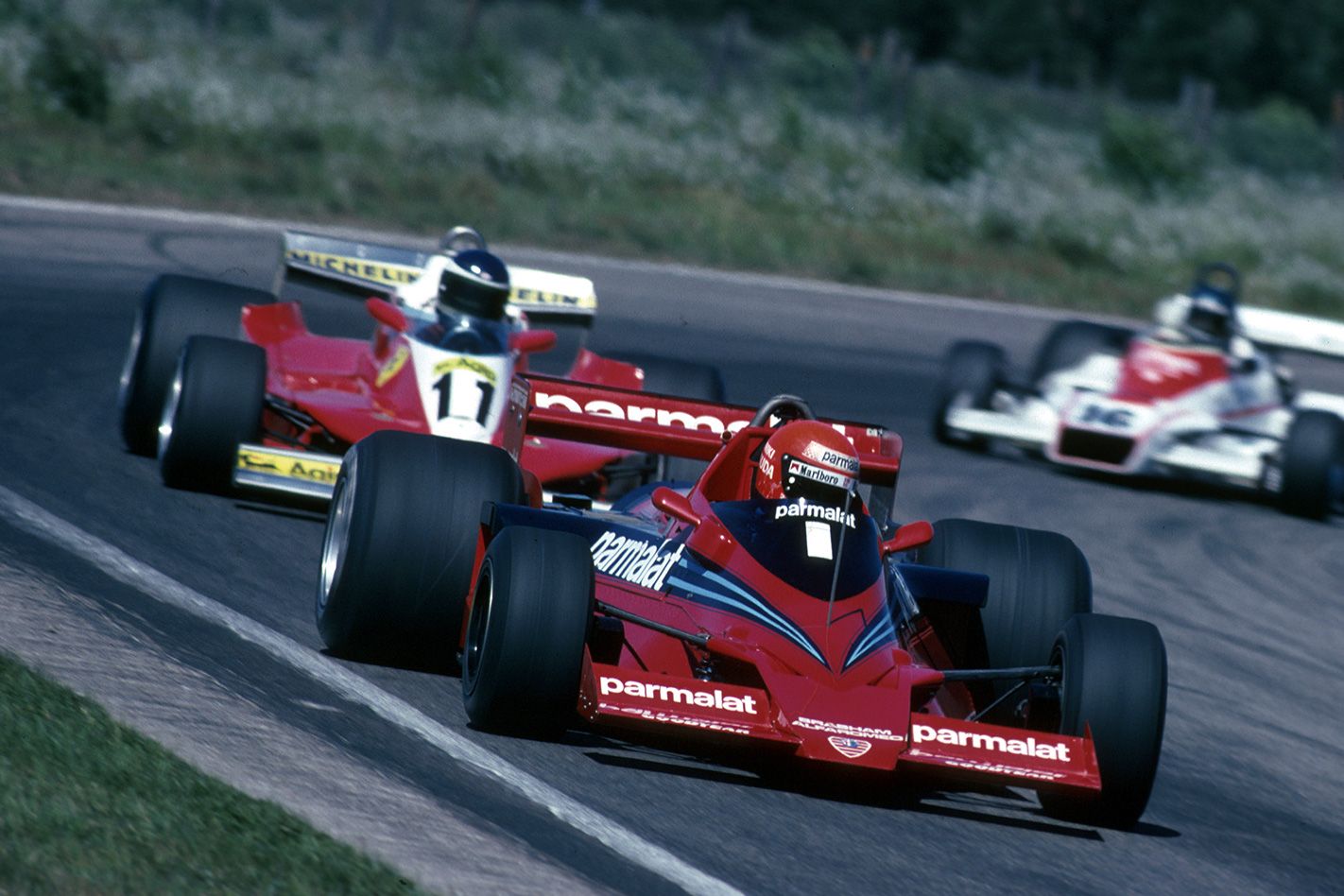
Formula 1 is a crucible of the ultimate motor vehicle technology, and a hotbed of constant innovation within the limits set by the FIA’s Sporting and Technical Regulations. Pushing the interpretation of those rules to the limits is one of the core jobs of a F1 engineer - and few incidents of creative interpretation have achieved such lasting renown and infamy as the Brabham BT46B Fan Car of 1978. Designer Gordon Murray, faced with packaging problems caused by the shape of the Alfa Romeo flat-12 used by the Brabham team cars, managed to find an interpretation of the rules allowing him to combine the ground effect trickery of Colin Chapman’s Lotus 78 with… a massive fan.
It was described as ‘primarily’ for cooling purposes - but the secondary effect of the engine-driven fan was to create suction under the cars of Niki Lauda and John Watson, as long as they went into corners with a sufficiently open throttle. A second-hand aeroplane altimeter was fitted inside their cockpits to give an idea of whether enough suction was being generated under the car to take a turn at speed - otherwise they risked simply flying off the track! When Niki Lauda drove the fan car to victory on its debut at the 1978 Swedish Grand Prix, Colin Chapman and other team principals exploded in protest.
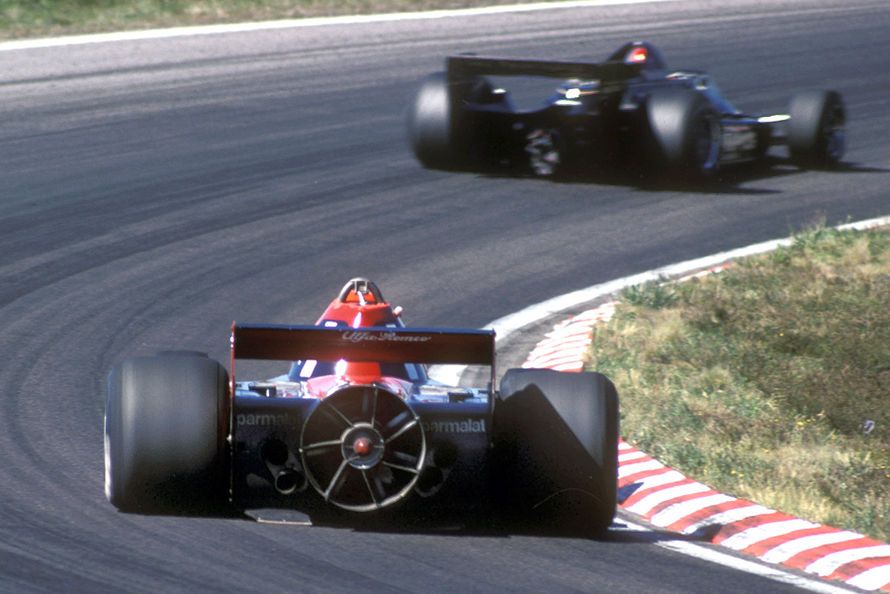

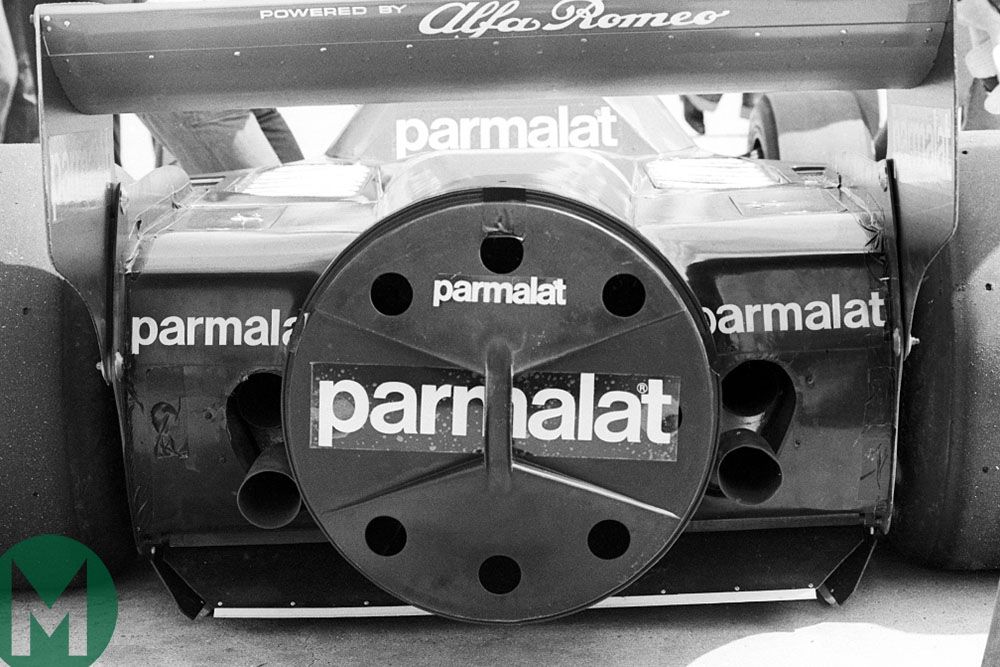
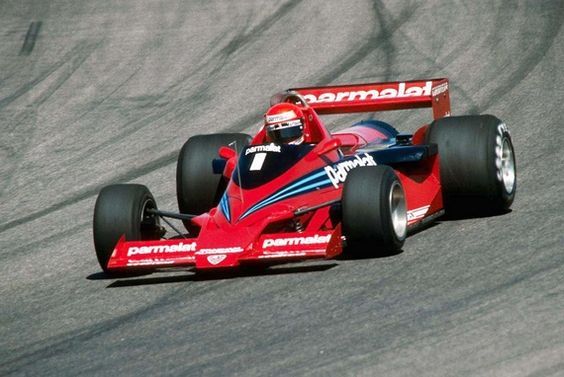
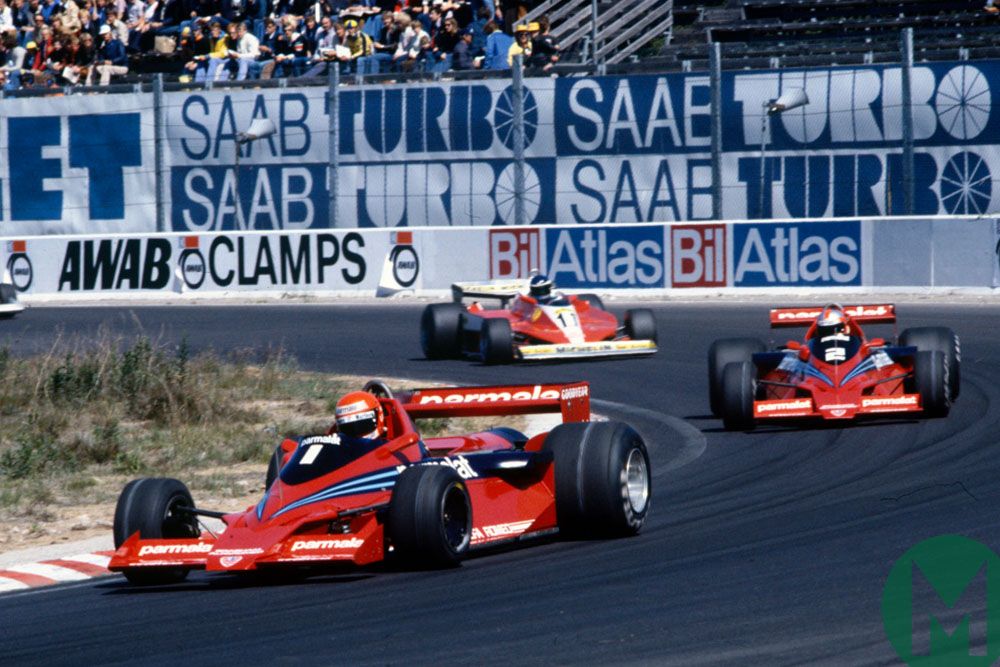
In a most amusing twist, the FIA actually ruled the car technically legal until the end of the season. It was Bernie Ecclestone’s desire to gain influence in the F1 Constructors’ Association by placating Chapman, Tyrrell and the other constructors which led to a gentleman’s agreement to withdraw the extraordinary and innovative machine. To this day it is a fan favourite, and Gordon Murray has explicitly used it as inspiration for his latest and greatest supercar, the T50.
The 2020 Sakhir GP
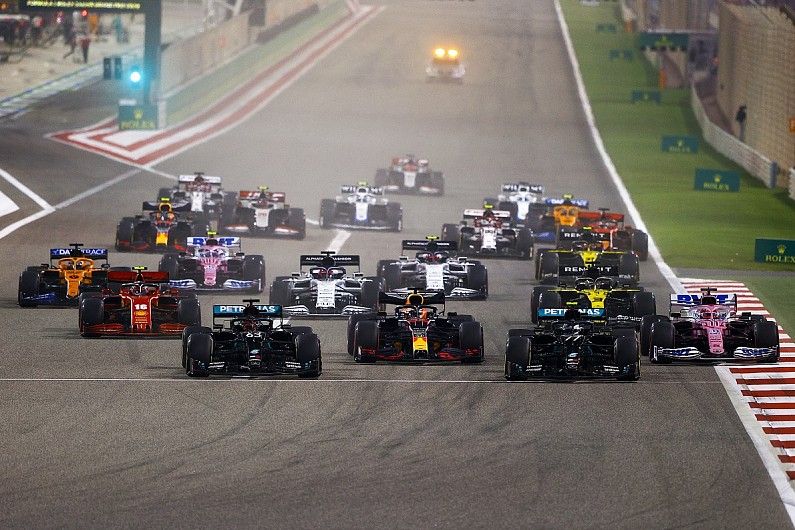
Yes, you might think a race from last season is an odd addition to our list. However the Sakhir GP was one of the most enjoyable F1 races of recent times, with a classically bittersweet finish. Not only was the action taking place in 87 laps of the wild Outer Circuit of the Bahrain Grand Prix track, with lap times of under a minute; it was also a chance for Williams driver and Mercedes junior programme protegé George Russell, standing in for an unwell Lewis Hamilton, to prove himself behind the wheel of a Silver Arrow. Despite wearing boots a size too small to fit into the pedal box, and the pressure of being only the third British driver to race for Mercedes after Sir Stirling Moss and Lewis Hamilton, Russell put his Mercedes on pole and took the lead one turn after the start of the race, displaying his brilliant skills.
The fairytale ending was not to come, however - at least for George. After an uncharacteristically bungled series of Mercedes pit stops, and despite a heroic fight back up the grid which had the whole country cheering him on, a puncture forced his retirement. The gods were to smile on another fan favourite however. Racing Point’s Sergio Perez, who had just been dropped by his team for 2021, came from the back of the grid to take the win. It was his first in 190 races, and the first win for a Mexican driver since Pedro Rodríguez in Belgium in 1970. In a sense, things worked out for George Russell in the end - despite his retirement, he’d thrown down the gauntlet to the reigning world champion and outclassed a few veterans at the same time. Bring on 2021...

